In recent years, with the development of society, PLC programmable controllers have been widely used in industrial production, and the requirements for use by technicians are also increasing year by year. Therefore, the requirements for normal and stable operation of the system are getting higher and higher. The reliability of the PLC product itself can be guaranteed, but some incorrect operations in the application will have a certain impact. For you to sort out some of the 9 tips in the daily application of PLC, I hope to help everyone in the daily use of PLC. In general, PLC is an extremely reliable device with a low failure rate. The probability of hardware damage or software running error of PLC CPU is almost zero; if the PLC input point is not caused by strong power intrusion, it will hardly be damaged; the normally open point of PLC output relay, if it is not short circuit of peripheral load or unreasonable design The load current is out of the rated range and the contact life is also very long. Therefore, we look for electrical fault points, the focus is on the peripheral electrical components of the PLC, do not always suspect that there is a problem with the PLC hardware or the program, which is very important for quickly repairing the faulty equipment and quickly recovering the production, so I talked about it. The electrical fault diagnosis of the PLC control loop is not focused on the PLC itself, but on the peripheral electrical components in the loop controlled by the PLC. The output module is divided into a transistor, a two-way thyristor, and a contact type. Transistor type has the fastest switching speed (generally 0.2ms), but the load capacity is the smallest, about 0.2~0.3A, 24VDC. It is suitable for fast switching and signal connection equipment. It is generally connected with signal such as frequency conversion and DC device. Pay attention to transistor leakage. The effect of current on the load. The advantages of the thyristor type are non-contact, AC load characteristics, and low load capacity. The relay output has AC and DC load characteristics and a large load capacity. In the conventional control, the relay contact type output is generally selected first. The disadvantage is that the switching speed is slow, generally about 10ms, which is not suitable for high frequency switching applications. The PLC system grounding requirements are more stringent. It is best to have an independent dedicated grounding system. Also note that other equipment related to the PLC must be reliably grounded. When multiple circuit ground points are connected together, unexpected currents can occur, causing logic errors or damaging the circuit. The reason for generating different grounding potentials is usually because the grounding points are too far apart in the physical area. When devices that are far apart are connected by communication cables or sensors, the current between the cable and the ground will Through the entire circuit, even within a short distance, the load current of a large device can change between it and the ground potential, or directly generate an unpredictable current through electromagnetic action. Between power supplies at incorrect ground points, there is a potential for devastating currents in the circuit that can damage the equipment. The PLC system generally uses a one-point grounding method. In order to improve the anti-common mode interference capability, the shielded floating technology can be used for the analog signal, that is, the shielding layer of the signal cable is grounded at one point, the signal loop is floating, and the insulation resistance with the ground is not less than 50 MΩ. There is capacitance between the wires of the cable, and the qualified cable can limit this capacitance to a certain range. Even for qualified cables, when the cable length exceeds a certain length, the capacitance value between the wires will exceed the required value. When this cable is used for PLC input, the inter-line capacitance may cause PLC malfunction. There will be many incomprehensible phenomena. These phenomena are mainly manifested as: the wiring is correct, but the PLC has no input; the PLC should have some inputs, but there should be some, that is, the PLC inputs interfere with each other. To solve this problem, we should: 1. Cables that are twisted together using cable cores; 2. Try to shorten the length of the cable used; 3. Separate the input from each other using the cable; 4. Use shielded cable. The environment at the industrial site is harsh and there are many high and low frequency disturbances. These disturbances are typically introduced into the PLC via a cable connected to the field device. In addition to grounding measures, in the design of cables and installation facilities, some anti-interference measures should be taken: 1. The analog signal is a small signal and is highly susceptible to external interference. Double-layer shielded cable should be used. 2. High-speed pulse signals (such as pulse sensors, counting chips, etc.) should be shielded cables to prevent external interference and prevent high-speed pulse signals from interfering with low-level signals; 3. The communication cable frequency between PLCs is relatively high. Generally, the cables provided by the manufacturer should be selected. In the case where the requirements are not high, the shielded twisted pair cable can be selected. 4. The analog signal line and the DC signal line cannot be routed in the same line slot as the AC signal line; 5. The shielded cable that is introduced into the control cabinet must be grounded and connected directly to the equipment without the connection terminal; 6. AC signal, DC signal and analog signal cannot share one cable. Power cable should be laid separately from signal cable. 7. In the field maintenance, the methods to solve the interference are: use shielded cable for the disturbed line, re-lay; add anti-interference filter code in the program. The PLC controls a complex system. What you can see is the two rows of staggered input and output relay terminals, the corresponding indicator lights and the PLC number, just like an integrated circuit with dozens of feet. Anyone who does not look at the schematic to troubleshoot the faulty device will be at a loss, and the speed of finding the fault will be particularly slow. In view of this situation, we draw a table according to the electrical schematic diagram, attached to the console or control cabinet of the equipment, indicating the electrical symbol corresponding to each PLC input and output terminal number, Chinese name, that is, similar integrated circuit tubes Description of the function of the foot. With this input and output form, the electrician who understands the operation process or is familiar with the ladder diagram of this equipment can carry out maintenance. But for those electricians who are not familiar with the operation process and will not look at the ladder diagram, they need to draw another table: PLC input and output logic function table. This table actually illustrates the logical correspondence between the input loop (trigger component, associated component) and the output loop (actuator) during most of the operation. Practice has proved that if you can skillfully use the input and output correspondence table and the input and output logic function table, it is easy to repair electrical faults without drawings. There are many kinds of PLCs that are often used in the industry. For low-end PLCs, the ladder instructions are similar. For medium and high-end machines, such as the S7-300, many programs are written in language tables. The practical ladder diagram must have Chinese symbol annotation, otherwise it is very difficult to read. If you can understand the equipment process or operation process before looking at the ladder diagram, it seems easier. If the electrical fault analysis is carried out, the reverse check method or the inverse push method is generally applied, that is, according to the input/output correspondence table, the output relay corresponding to the PLC is found from the fault point, and the logical relationship satisfying the action is started. Experience has shown that when a problem is found, the fault can be basically eliminated, because there are not many fault points where the device has two or more simultaneous occurrences. 1. Instructions that do not participate in the control loop or have been put in before the loop may not be connected to the PLC; 2. When multiple commands control a task, they can be connected in parallel to the PLC and then connected to an input point. 3, try to use the PLC internal functional devices, fully call the intermediate state, so that the program has complete consistency, easy to develop. At the same time, it also reduces hardware investment and reduces costs; 4. When conditions permit, it is best to independently output each channel, which is convenient for control and inspection, and also protects other output loops; when one output point fails, it will only cause the corresponding output loop to go out of control; 5. If the output is positive/reverse control load, it must not only be interlocked from the PLC internal program, but also take measures outside the PLC to prevent the load from moving in both directions; 6. The PLC emergency stop should be cut off with an external switch to ensure safety. 1. Do not connect the AC power cord to the input terminal to avoid burning the PLC. 2. The grounding terminal should be grounded independently and not connected in series with the grounding of other equipment. The cross-sectional area of ​​the grounding wire is not less than 2mm2; 3, the auxiliary power supply is small, can only drive low-power equipment (photoelectric sensors, etc.); 4, some PLCs have a certain number of points (ie empty address terminals), do not connect the line; 5. When there is no protection in the PLC output circuit, a protective device such as a fuse should be used in series in the external circuit to prevent damage caused by short-circuit of the load. This disposable pod device is powered by an integrated built-in 850mah batterypre-charged with 5% nicotine strengthe-iuice.And the 5ml e-iuice
·15 Different Flavor
800mAh mesh coil vapes,Yuoto Smart Pro Disposable Vape Kit,Yuoto Smart Vape Kit,YUOTO SMART PRO 1500puffs Shenzhen Kester Technology Co., Ltd , https://www.kesterpuff.com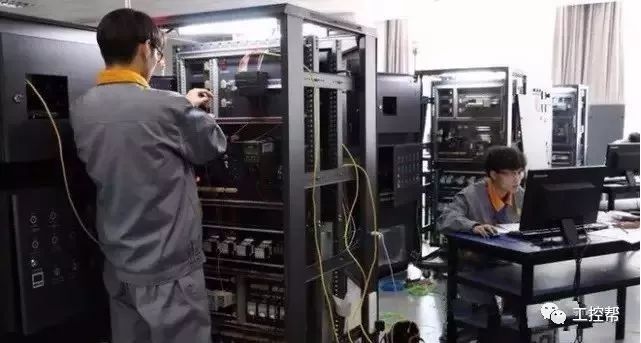
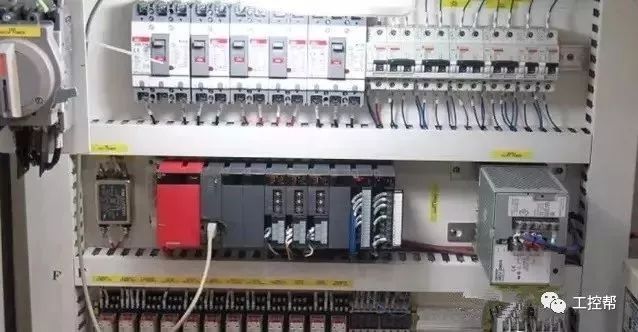
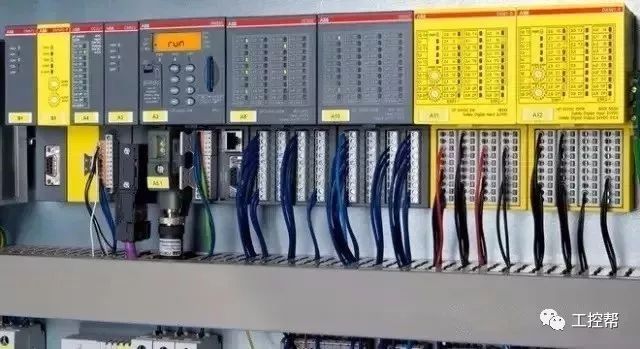
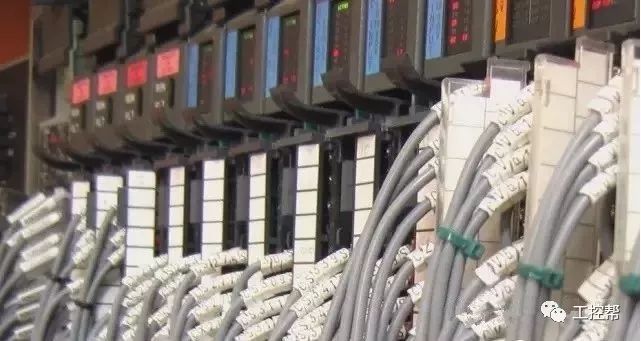
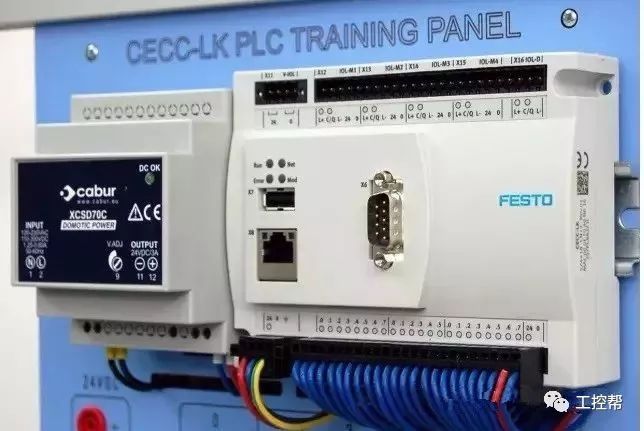
capacity can provide about 1500 puffs of vaping experience,which can always meet your needs.This disposable pod device adopts an integrated design,which is very convenient to carry and does not require any buttons to be pulled, which can avoid accidental ignition and oil leakage.This disposable pod device has up to 15 flavors for you to choose from. Each flavor will bring you the ultimate taste experience!
Features
·1500 Puffs Wonderful Tastes
·850mAh Built-in Battery Capacity
.5% of Nicotine content
·Pre-install 1.6ohm Coil
·Large 5ml Pod Capacity
